|
by Karen Lynn Ingalls Do you have to use "The Rule of Thirds" to make a good painting? Heck, no! In talking to a couple of friends recently about composition, each of them (in separate conversations) said something like, "Oh, I know... The Rule of Thirds and all that...." And one added, "There are just too many rules. I want to break the rules!" With the latter, I agree. And no, composition is not all about The Rule of Thirds. It's about what works in a painting. It's a much more practical matter. The Rule of Thirds is generally understood to mean that, if you divide your painting into equal thirds, both vertically and horizontally, the image that is your center of focus should fall along one of the intersections of the grid you've established. In the painting above, though, notice that the tree that is the center of interest doesn't quite line up right. It's off to the right of the right vertical line, and the horizon pretty much bisects the middle of the painting, horizontally. Hmmm. Does that mean it doesn't work as a painting? Look at the original painting below to compare. According the The Rule, this painting shouldn't work. But it works just fine. The Rule is used to teach people not to plop subjects into the middle of their paintings, which can be helpful. It kind-of-approximates the Golden Mean (more about that in another post one of these days), though its dimensions are not exactly the same as that of the Golden Mean. But it isn't the only way — or necessarily the best way — to create a composition, and it can be a straitjacket. If this painting were cropped to align nicely along one-third lines, one way of doing it might look something like this, below. Notice how the center of the tree lines up nicely along the line on the right, and its base, and the horizon line, is centered around the bottom horizontal line now. The lines intersect as the tree begins to branch out. It fits The Rule. But is it as interesting a painting? Or does it kind of miss the point? The intention of this painter (me) was to create a painting of an oak tree in a meadow at sunset. This composition takes out the "Sunset Meadow" part of it. So The Rule really doesn't work here. Not that the cropped version isn't interesting... it just kind of misses the point. Now, let's say we wanted to line up the upper right lines of the grid through the center of the tree, in its upper part, and recropped the painting's image accordingly. The tree is, after all, the center of interest of the painting. Now the upper left lines cross in the upper part of the tree — or, technically, square in the middle of the tree as a whole. If the tree is the center of interest, this is where the Rule of Thirds tells us we would need to line it up. But now it misses another part of the point of the painting — which is the sunset. It's not a bad composition — but it misses the intention of the painter (in this case, me). And here's another example. (Note: although these are landscape paintings, it applies to every other genre as well.) The painting doesn't fit The Rule. Its horizon does line up roughly along the bottom third line. But painting is about the two trees, and the relationship between them (and the heavenly color of the dusk sky), and none of that lines up on an intersection of the grid. But the painting works! So, what can you take away from this? Rules can be helpful, up to a point. But using them as absolutes can keep you from really seeing — and art is all about seeing. In this case, The Rule of Thirds is an artificial structure — and stricture — that just isn't necessarily the best thing to go by.
It's good to learn what IS necessary to make a painting work — and the proof is in what works. If you stick to what actually works, no matter the "rules," you'll be okay. And you just might have more interesting paintings. Let me amend that — you will have more interesting paintings. And here's to more of those!
0 Comments
by Karen Lynn Ingalls So... just what is it that makes one painting work, and another one fall flat on its face (so to speak)? You know what I mean about that, don't you? You have the best of intentions, and it seemed like a good idea when you started, but the painting just isn't coming together, and you can't figure out why the heck not. Feels pretty frustrating, doesn't it? Chances are the painting has got a problem with its composition. And if a painting's composition isn't working, it doesn't matter how beautifully parts of it are painted. Those parts are like lipstick on a pig... no matter how nice the lipstick, underneath it's still a pig. (No offense meant to pigs. Really. Especially the little cute babies....) So here's one example of a composition study that isn't working. Can you see why? And, if you were to sum up its issues, could you sum it up in one word? Is it easier to identify why it isn't working when you look at it upside down? There are so many variables to take into consideration when you paint — there's line, there's color (although the study above isn't a color study), there's value, there are the relationships between the shapes in the painting, there are questions about drawing and whether the drawing works, and more.... Composition incorporates all of them. That's what we'll be focusing on in the workshop I'm teaching on October 25th and 26th, Create Compositions That Work, at the Calistoga Art Center, in Calistoga, California. Because if the composition ain't happy, ain't nobody happy.... And that's why we'll be looking at — to start with — the painter's intention; the two kinds of paintings, compositionally speaking, no matter what the subject matter, and how to identify and manage the elements of both kinds of paintings, and make them work. The same principles apply, whether you're looking at landscape paintings, still lifes, portraits, abstract work, or work in pretty much any other kind of genre. If you come, you'll go home with specific, practical tools and know-how that you can use to get out of, and avoid, those painting predicaments from here on out. Join us, and learn how to create compositions that work!
Here's the link to the workshop info: Create Compositions That Work. So, how would you sum up what isn't working in the composition study above — or why it's not working, if you only had one word to do it in? Here's the word I would choose to explain why it doesn't work: confusion. The painter hasn't decided what's important about the painting-to-be. Is it the sheep? The trees on the hill? The pattern of the rows? The painter hasn't decided. It's a decision that is absolutely foundational for the painting, and determines how the painter needs to handle everything as a result. Its lack causes confusion. Does that make sense? We'll talk more about it at the workshop. by Karen Lynn Ingalls "Does anyone worry about not being excellent?" I came across the question tonight on an online art forum. It's a question that generally comes up for people who make art, at some point, usually earlier on, maybe a few years into really working at it, and it's a worry that can be devastating. Many understanding artists (because, yes, we've all had to deal with this) responded with encouragement and great advice. Here's a slightly edited excerpt of what I wrote.... The tricky thing is to get out of judgement-mode (or critical-mode). It does NOT help you. Your inner critic will chip away and chip away until you stop drawing and painting altogether, because you find yourself in the middle of a creative block. (Ask me how I know.) So, in order to keep making art, you have to learn how to get out of critical-mode. When I was in school, my art teachers would say, "You have to do a thousand bad drawings before you can expect to do one good one." The wonderful thing about this was that it got us working, and we didn't lay those awful expectations on every darn thing we worked on. We were students. We were learning. We hadn't done 1,000 drawings yet, so no problem.... If you can get into that mindset — what you do is learn as much as you can about making good art, and then you just work at it. Consider it research & development. Malcolm Gladwell, in his book Outliers, said it takes about 10,000 hours of practice before people become really good at something. So if your inner critic pops up, ask yourself, "Have I done my 10,000 hours yet?" If the answer is no, tell your critical voice you're still learning, and it can come back after you've done your 10,000 hours of practice.
Then you have 10,000 (or however many) hours to learn how to make art without your critical voice popping up. Make the most of it! Working from your creative side, rather than your critical side, will become a wonderful habit, and you will be able to make art. And the more you do, the better you get. It's like the old joke about how you get to Carnegie Hall... practice, practice, practice.... |
Karen Lynn IngallsI am a working artist in Napa and Sonoma Counties, in northern California. I paint colorist landscapes of rural California, teach art classes, workshops, and private lessons, live in Calistoga, and have my art studio in Santa Rosa, California. Archives
December 2023
Categories
All
|
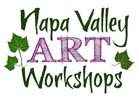
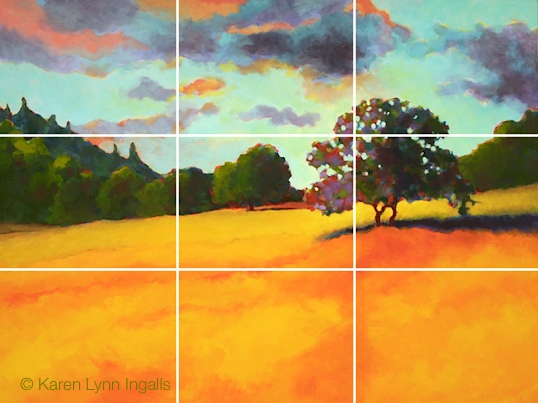
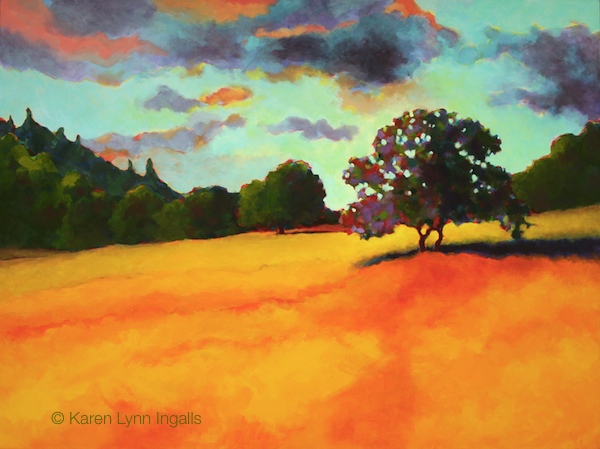
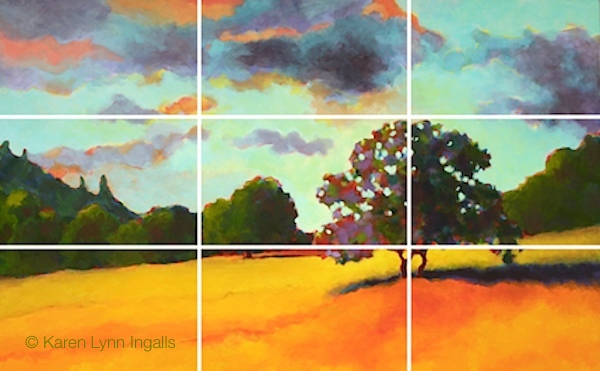
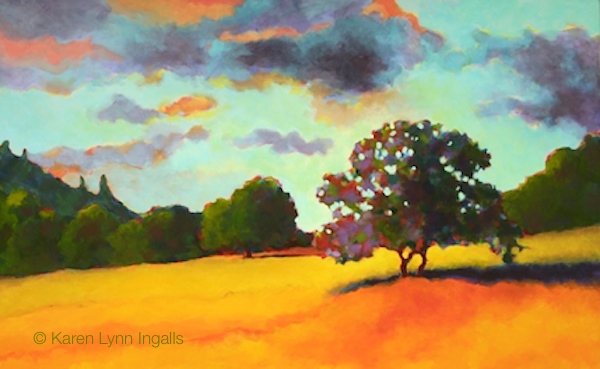
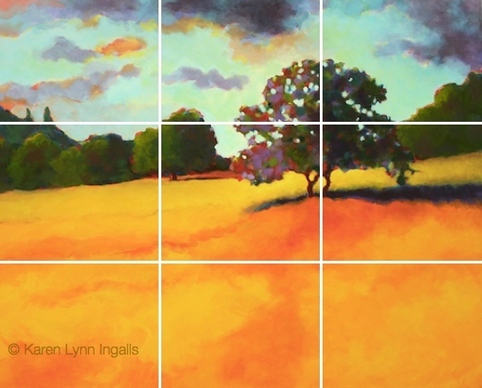
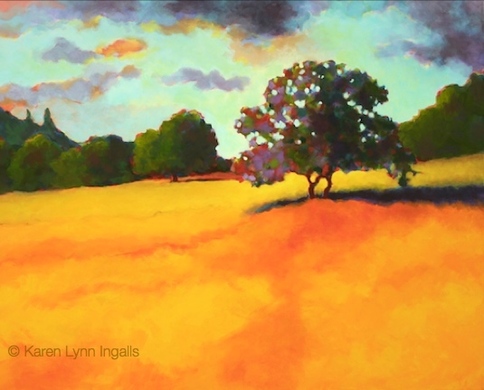
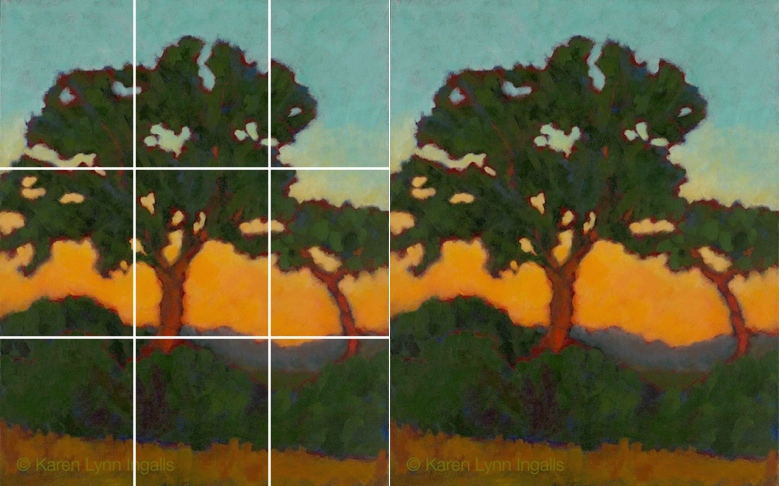
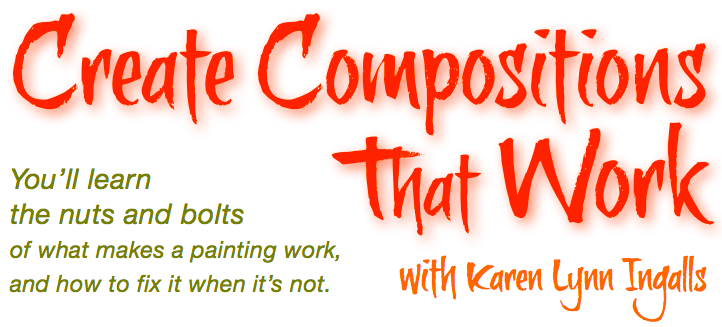
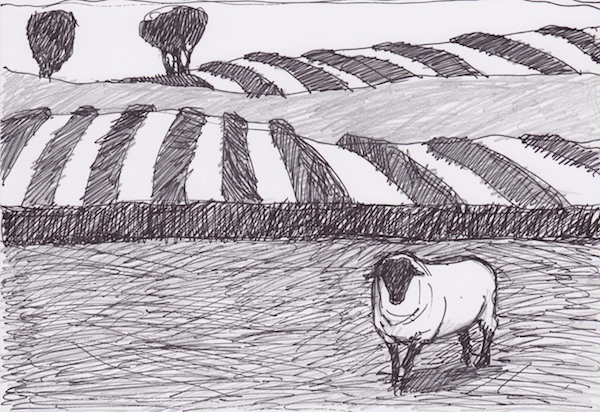
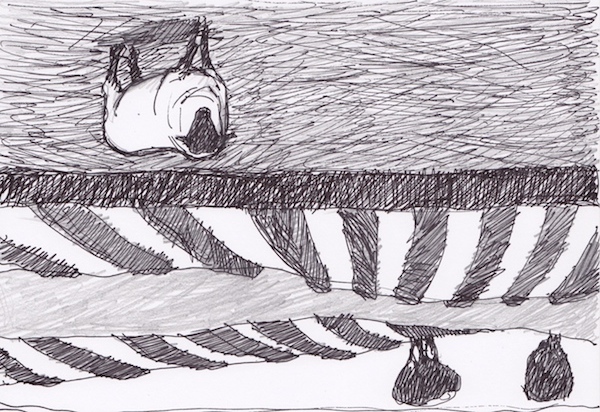
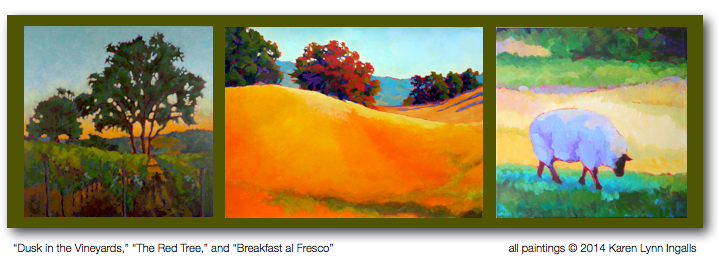

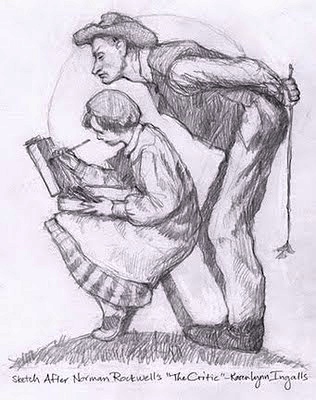
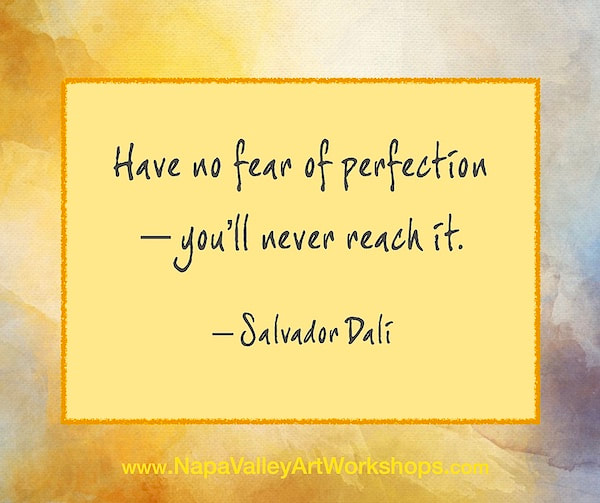
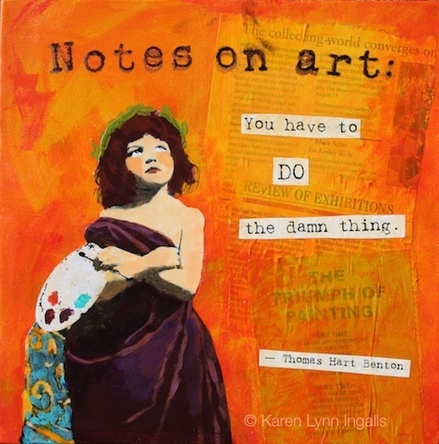
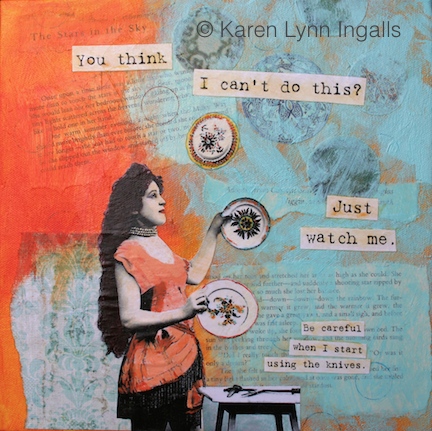

 RSS Feed
RSS Feed

